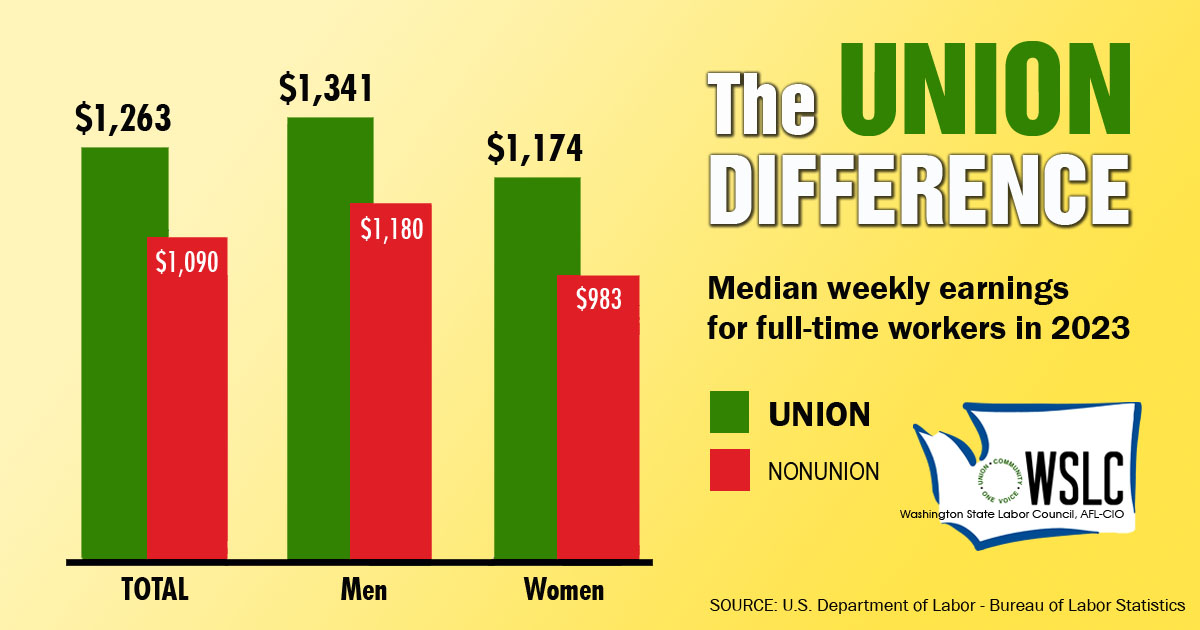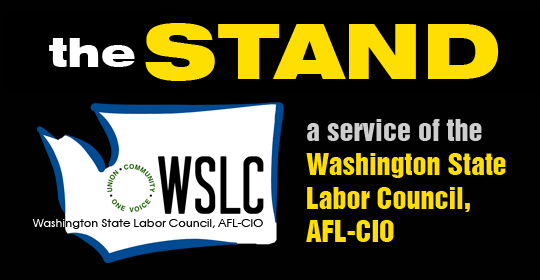SPECIAL REPORTS
Our state workers’ compensation advantage
 One of the most persistent myths about Washington state’s business climate is that our workers’ compensation costs are higher than in most other states. The fact that many employers and public policymakers believe this to be true is another indication of the power and resonance of the negative internal rhetoric about our competitiveness.
One of the most persistent myths about Washington state’s business climate is that our workers’ compensation costs are higher than in most other states. The fact that many employers and public policymakers believe this to be true is another indication of the power and resonance of the negative internal rhetoric about our competitiveness.
As with overall business-climate rankings, analyses from outside the state tell a very different story. In fact, the gap between the truth and the negative rhetoric about our workers’ compensation costs is shocking. Washington has lower employer costs than most other states. Meanwhile, our model state-run system is able to provide comparatively high benefits to injured workers.
That’s how the myth took hold that Washington is not competitive in this area. Business lobbying groups deliberately decry the level of benefits, not employers’ actual costs, in their quest to cut premiums even more.
The danger for Washington’s working families is that lawmakers could lose sight of the goal of our workers’ compensation system — “sure and certain relief for workers, injured in their work, and their families and dependents” — and shred this critical safety net in a misguided attempt to improve our business climate.
WORKERS’ COMPENSATION is America’s original tort reform. Until this system was established about 100 years ago, workers injured on-the-job could sue their employers for damages. But workers gave up that right to sue in exchange for this no-fault insurance program that pays medical costs and partially reimburses the lost wages of workers who suffer job-related injuries or illnesses.
So it’s important to remember that workers’ compensation is not a poverty program, nor is it some kind of welfare. It is a mandatory insurance program, and it was sought by American employers as a way to protect them against potentially ruinous lawsuits over an injury or illness caused by their neglect.
Also known as “industrial insurance,” workers’ compensation coverage for more than 99% of the businesses in Washington state is provided through the nonprofit government-run State Fund. Fewer than 400 businesses, employing between one-quarter and one-third of the state’s workforce, are large enough to operate their own industrial insurance programs and are called “self-insured employers.” These companies, including Boeing, Weyerhaeuser, Safeway and Microsoft, pay the same benefit levels set forth in state law, but they have more control over the claims administration process. Presumably, these employers’ costs are lower than they would be in the State Fund system, or else they wouldn’t self-insure.
HOW DO OUR EMPLOYER COSTS COMPARE? The Oregon Department of Consumer and Business Services (ODCBS) conducts a biannual state-by-state study of workers’ compensation premiums that is widely cited not only among public policy experts and state labor agencies across the nation, but also by private insurance professionals. The latest edition, published in October 2010, found that Washington state had the 26th highest overall premiums in the nation. So, right smack dab in the middle.
But the news is even better for employers here. Washington is the ONLY state in the nation where workers pay a portion of the workers’ compensation premiums, currently estimated to be about 24% of total premiums. When that and the cost of supplemental pensions are factored in — which the Oregon study does not — Washington ranks 36th in the nation (see chart).

Business lobbying groups within our state — where No Good Business-Climate News Goes Unchallenged!™ — argue that the Oregon study is not reliable because Washington has a unique system of calculating premiums based on hours worked rather than payroll dollars.
ODCBS Research Coordinator and study co-author Mike Manley stands by the rankings. He acknowledges Washington is a unique state that is more difficult to measure, but he says there is no evidence that the hours- to payroll-based conversions artificially help or hurt Washington’s performance in the rankings. Those conversions are provided by actuaries at the Department of Labor and Industries and Manley says there has never been any indication this data underreports our premiums in comparison with other states.
HOW DO OUR BENEFITS COMPARE? Washington has comparatively high workers’ compensation benefits. The National Academy of Social Insurance’s most recent analysis of 2008 data found that Washington paid $1.69 in benefits for every $100 in covered wages, which ranked our state third highest.
Therefore, Washington is considered a low-cost, high-benefit state.
Naturally, business lobbying groups inside the state decry the high benefits and deliberately avoid mention of the comparatively low premiums. In the context of their continual criticism of our state business climate, they know that their audience — whether it’s fellow business executives, legislators or the media — will assume that higher benefits mean higher costs. They don’t.
Washington’s state-run workers’ compensation system — one of only five such systems remaining in the U.S. — is viewed as a national model for its efficiency. It can afford high benefits while charging low premiums because there are no profit margins, commissions or brokerage fees, as there are in privatized systems. It has significantly lower claims administration costs and no marketing or advertising costs.
But when you’re in the business of lowering business costs, low is never low enough, especially when even more could be saved by cutting benefits for injured workers.
That’s why advocates for injured workers argue that all proposed benefit cuts must be measured against our values as a state and not a manufactured panic about our business climate.
THE GOAL OF OUR WORKERS’ COMPENSATION system, as set forth in Washington state law (RCW 51.04.010): “The welfare of the state depends upon its industries, and even more upon the welfare of its wage worker. … Sure and certain relief for workers, injured in their work, and their families and dependents is hereby provided.”
Organized labor believes all changes to our system should be measured against that goal. Is the motive for a proposed change to ensure “sure and certain relief” for injured workers? Or is it the product of a perceived — but demonstrably untrue — competitive disadvantage with other states?
Consideration should be made to ensure our system’s costs stay competitive with other states. But it is absurd to make our goal to cut benefits so they are more in line with other states. Washington must not engage in a race to the bottom where injured workers and their families are thrown into poverty with no recourse. To engage in this benefit-cutting race, especially when employers in our state already have below-average workers’ compensation costs, is immoral and unacceptable.
WHAT’S NEW IN 2011
In 2010, business lobbying groups financed last fall’s Initiative 1082 to privatize Washington’s workers’ compensation system. Their campaign sought to portray our state-run system as expensive and inefficient. Washington is one of the only states with a “government-run monopoly,” they said, implying we were outliers that needed to get with the privatization and deregulation program. In the end, voters rejected their arguments and decided to keep our public system public, rather than hand it over to the insurance industry. I-1082 was rejected by a margin of more than 18 points.
Undeterred, the business groups are supporting legislation in 2011 to deregulate the system. And once again, their efforts are guided not by the law’s requirement to provide “sure and certain relief” for injured workers, but simply by cutting employers’ costs by cutting injured workers’ benefits.
There most significant proposal is to legalize lump-sum buyouts of injured workers, which is called “compromise-and-release.” Click here for a Fact Sheet by the Washington State Labor Council explaining why this proposal is so harmful to the interests of injured workers.
This special report was prepared by David Groves of the Washington State Labor Council, AFL-CIO.





